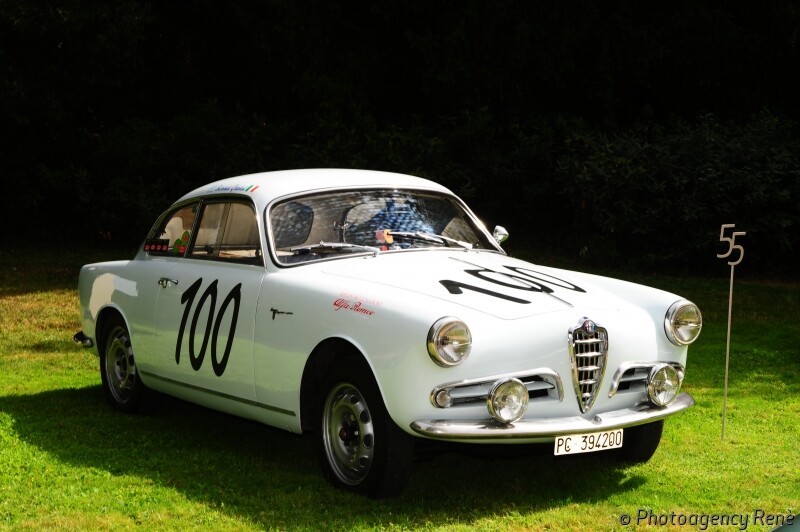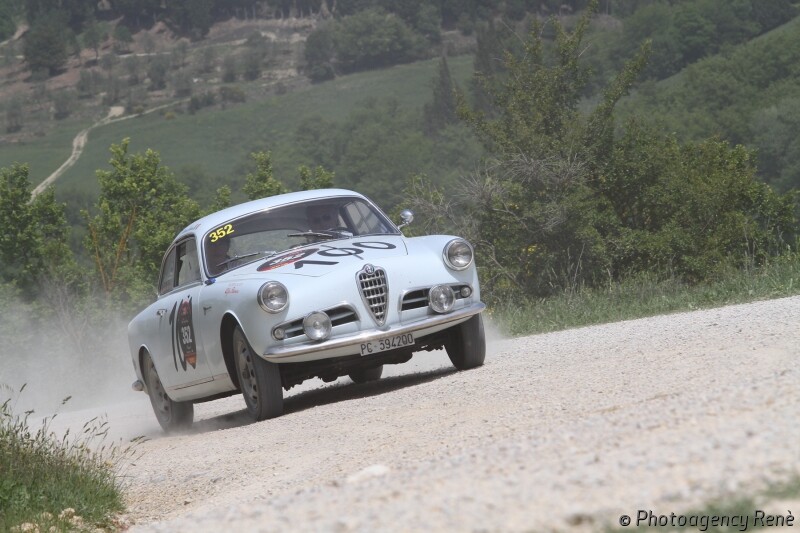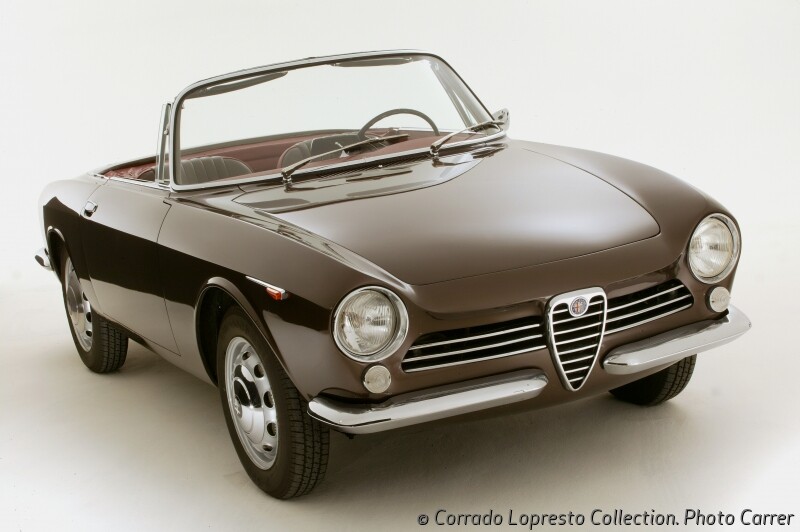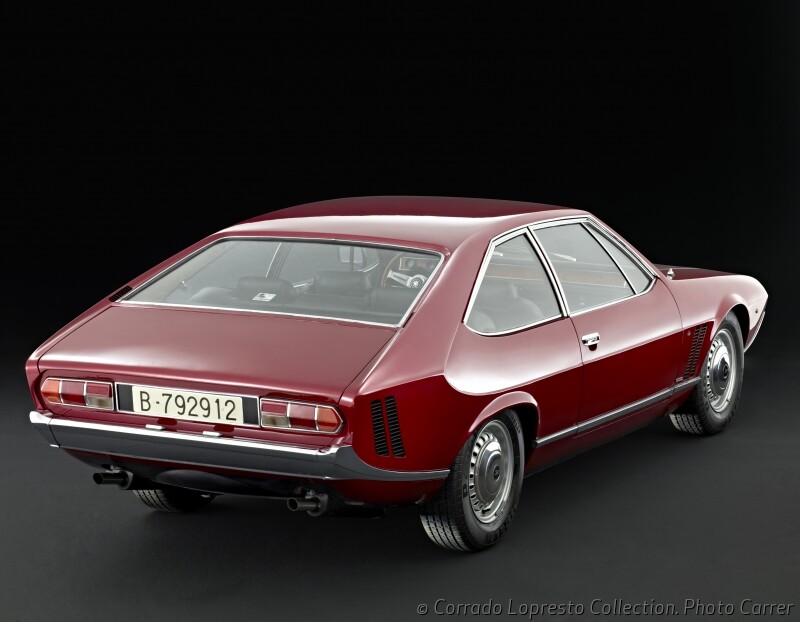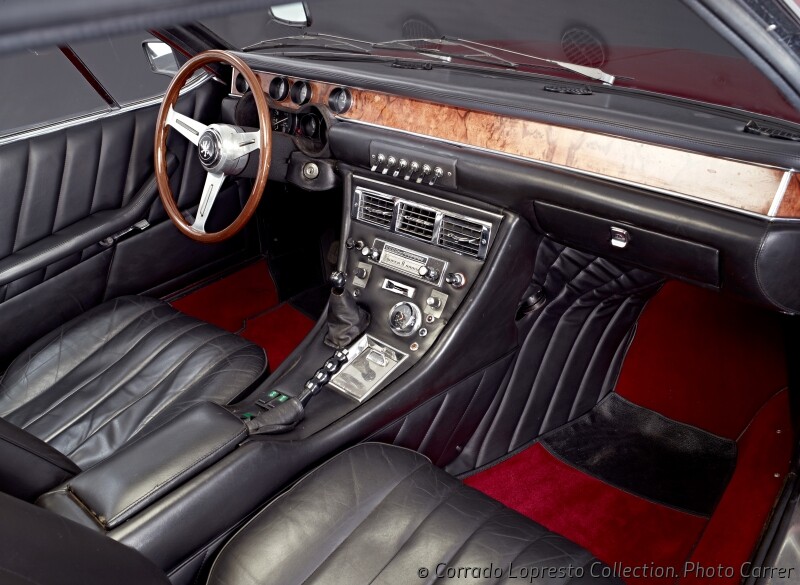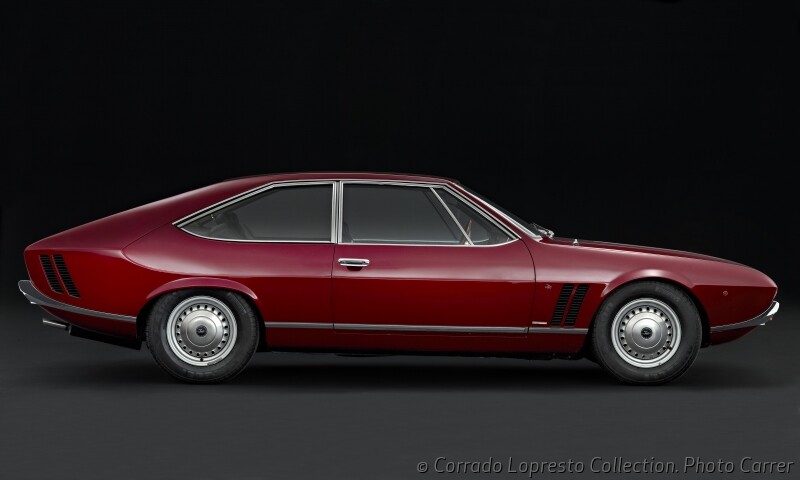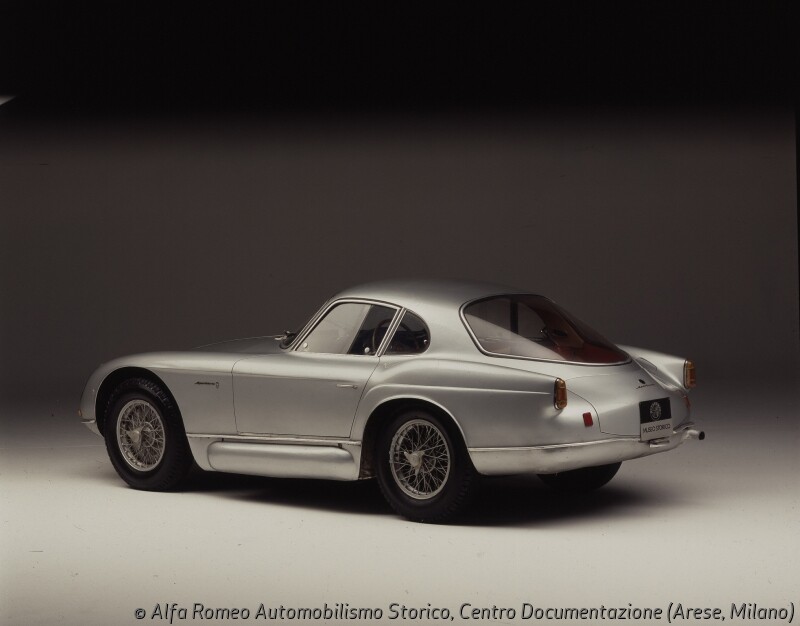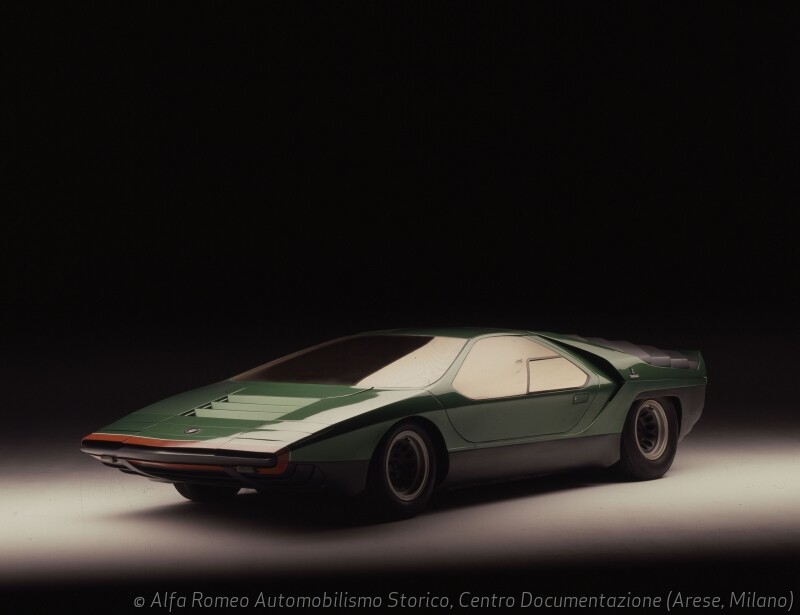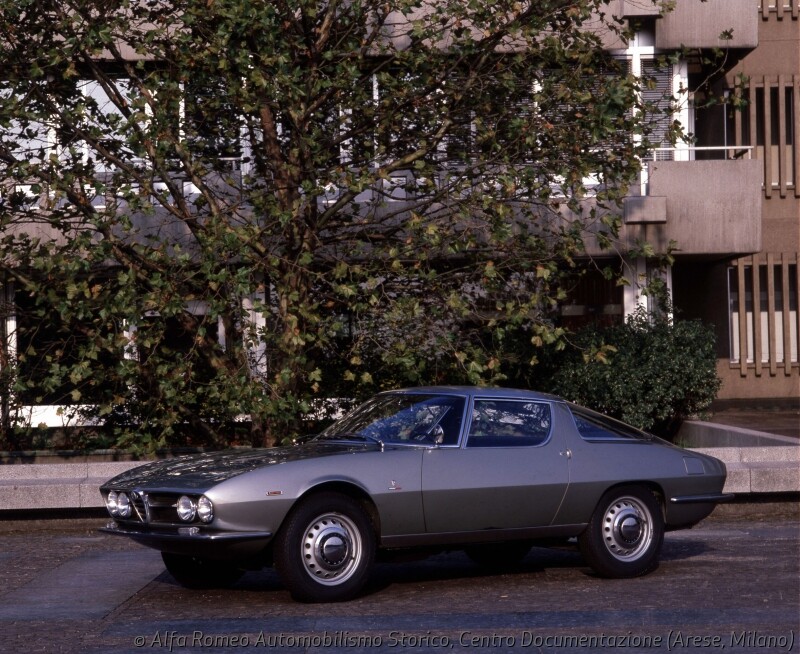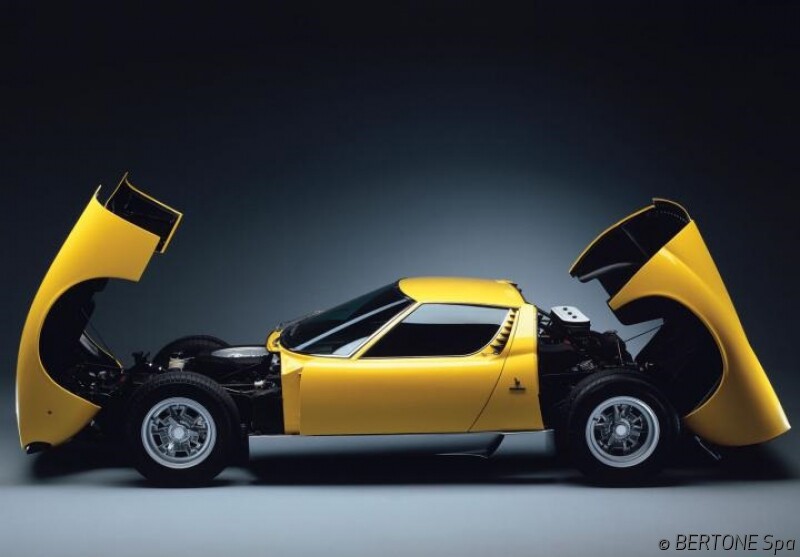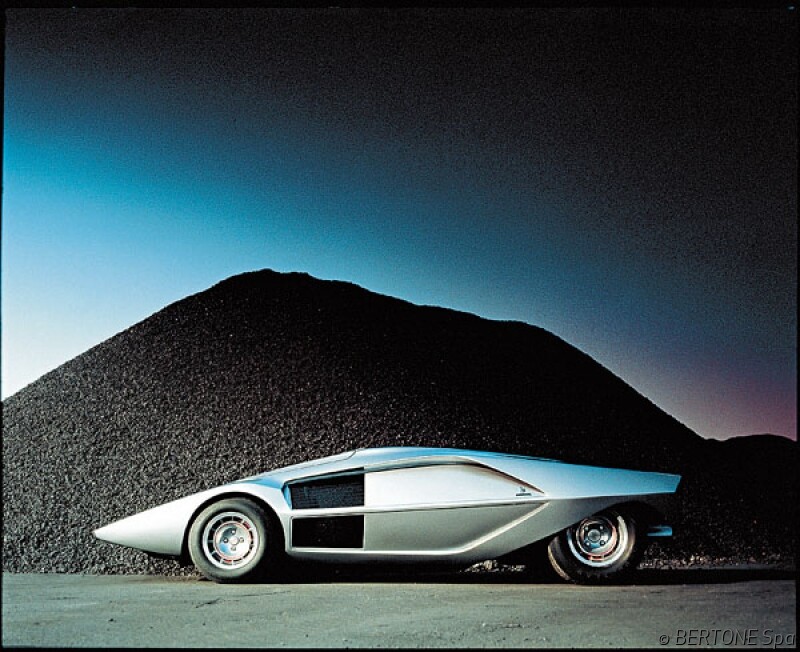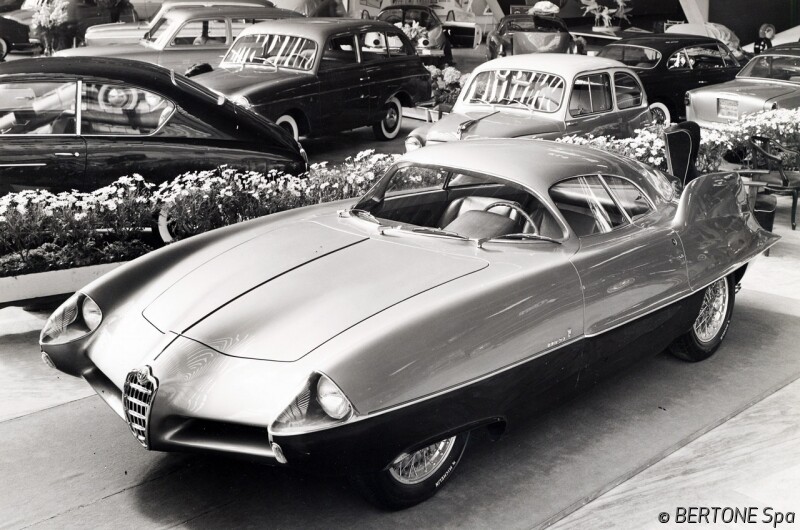
100th Nuccio Bertone 1914-1997
April 16, 2014
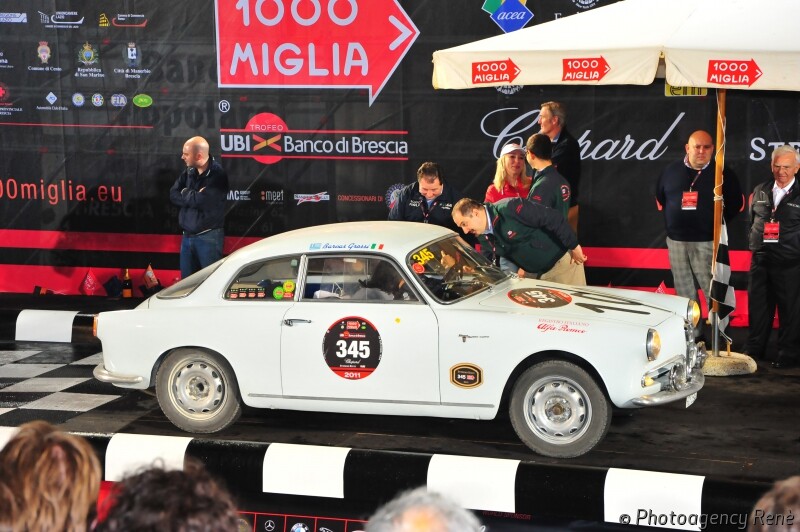
The virtual exhibition on Nuccio Bertone will be an extraordinary anthem to both his creativity and continuous challenges as an entrepreneur, who stood out for his ability to change the power relations with the sector industry profoundly.
From a chronological point of view, the exhibition will start from the end of the Second World War, when car manufacturers experienced a severe recession due to the lack of raw materials and the general poverty which imposed a significant period of austerity on the car industry. It will then evolve over the years with a fantastic review of splendid cars not only prepared as unique examples (nowadays rare collectors’ pieces) but also mass produced ones, where Bertone had its most effective role of interpretation. This euphoric period saw the historical advent of unibody construction, adopted for the first time by the Fiat 1400 in 1950. It was a major challenge for bodybuilders as it imposed a new technical and production approach to creating a vehicle without a frame and therefore without valid support points to anchor the bodywork to according to traditional systems. Nuccio and his engineers adopted the new construction practices enthusiastically, building an exciting series of projects that led to the breathtaking Alfa Romeo Giulietta Sprint. This lucky coupé, that met with resounding sales success, gave rise to an incessant sequence of sophisticated motor vehicles that highlighted the special personality of Italian Gran Turismo in the international market. At the end of the 1950s, tireless and always forward thinking, Nuccio felt the pressing need for a new and more modern production plant which came into operation in Grugliasco, in the suburbs of Turin, in 1959.
The other point of view of this virtual exhibition is based on the work of various designers who, under his sometimes bold if not reckless guidance, endlessly fuelled the evolutionary process of custom-built bodywork. A man of refined taste who devoted his life to making the most of new design talents, contrary to the practice of other master coachbuilders where team work was favoured within their respective companies rather than highlighting the individual talent of designers. The initial admirable models created just after the war by Giovanni Michelotti in the incomparable school of Mario Revelli were made by Bertone with the most varied mechanical parts. These were followed, in 1952, by the creativity, sometimes bordering on extravagance, of Franco Scaglione, gifted with an expressive quality aimed at surprising through the emotional challenge of the new and the rejection of conventional solutions. In December 1959, Giorgetto Giugiaro, a young designer at Fiat, approached Nuccio to enhance his aspirations proving to have exceptional imagination in conceiving innovative shapes for Aston Martins, BMWs and Iso Rivoltas up to the prototype of the so-called “Ferrarina” presented by ASA in 1961 and that on the rear-engined Chevrolet Corvair. Dozens of spectacular cars were made between 1960 and 1965 qualifying the Carrozzeria Bertone in both the specific sector and with the public as a forward-thinking company. The reputation of the Grugliasco studio reached its height in 1966 with the Lamborghini Miura, designed by Marcello Gandini. The same designer surprised the following year with the Marzal prototype and the sensational Espada 400 GT, of which Nuccio produced over 1,200 units, as well as the revolutionary 1968 Carabo on the Alfa Romeo 33/2 Stradale mechanics. The 1970 Stratos proved even more amazing. It could hardly be compared to the category of motor vehicles because of its aesthetic standards that totally transformed those adopted until that time. The close succession of concept-cars prepared by Bertone 1970s and 1980s were a fantastic creative period. Nuccio’s intervention to innovate the stylistic approach was confirmed in 1980 with the Lamborghini Athon prototype, a 2 seater streamlined sports car designed by the Frenchman Marc Deschamps; there were also two prototypes with Corvette mechanics. In that wonderful exultation of projects, Bertone also excelled in the search for new forms of mobility, as in the case of the electric traction Zero Emission Record (Z.E.R.) prototype which broke some world speed records in 1994. Two surprising unique examples were the Porsche Carisma in 1994, an ambitious 4-seater saloon with 911 mechanics, and the Kayak in 1995, a charming interpretation for a gran turismo coupé originating from the Lancia k saloon, conceptually inspired by the Italian school of the 1950s. A form of nostalgia after more than 60 years of an extraordinary, impassioned career.
The chronological point of view:
Section 1953-1960
Section 1961-1997
Designer point of view:
Section Giovanni Michelotti
Section Franco Scaglione
Section Giorgetto Giugiaro
Section Marcello Gandini
Section Marc Deschamps
Co-curator of the exhibition is Luciano Greggio. Milanese, he graduated from the Bocconi University and was a firm supporter of the European Union even before Europe showed signs of setting it up – his degree thesis discussed the relationships and development of the car industry in the European Market. His almost maniacal passion for the international history of the car and knowledge of the main players made him one of the leading experts of the sector for many years.
Alongside Mr. Greggio, Sandro Binelli, enthusiast about design and history of the automobile, former organizer of the Mille Miglia from 2008 to 2012 and the concourse uniques special ones in Florence and St. Petersburg. Sandro Binelli today is General Coordinator of Automotive Masterpieces. In 2011 he organized a thematic exhibition dedicated to Bertone in Florence in collaboration with Bertone SpA and which was attended by Mrs. Lilli Bertone.
A special thanks to the Centro Documentazione Alfa Romeo and the Museo Storico Alfa Romeo that allows us to show images of authentic icons of the history of Bertone:
1954 Alfa Romeo 2000 Sportiva (two made)
1963 Alfa Romeo Giulia Sprint Speciale (Prototype)
1968 Alfa Romeo 33/2 Stradale Carabo (one-off)
The first eligible cars on-line for this virtual exhibition are:
1957 Alfa Romeo Giulietta Sprint Veloce Alleggerita
1963 Alfa Romeo Giulia Spider Prototipo
1970 Iso Rivolta Lele
Follow the work in progress virtual exhibition keeping you up-to-date with behind-the-scenes census!
Cars
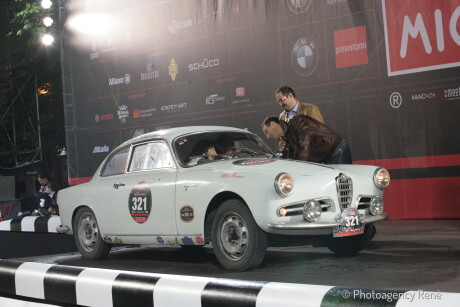
1957 Alfa Romeo Giulietta Sprint Veloce
- Coachbuilder: Bertone
- Chassis n°: AR1493E*04349
- Engine n°: AR1315*30497*
This car, a desirable Veloce, took part in the last edition of the Mille Miglia in 1957, with Rinaldo Parmigiani, who gained 40th place in the overall ranking.
Private collection
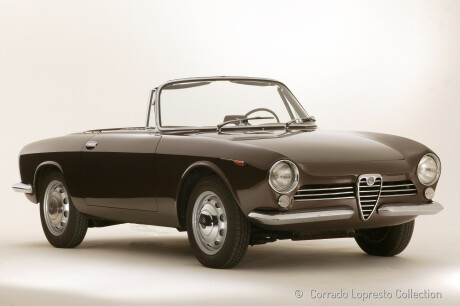
1963 Alfa Romeo Giulia Spider
- Coachbuilder: Bertone
- Chassis n°: 10503*00002
- Engine n°: TBD
This car remained a one-off: a two-seater spider proposal for the Alfa Romeo Giulia Sprint GT designed by Bertone and Ernesto Cattoni of Alfa Romeo Centro Stile.
Corrado Lopresto (IT)
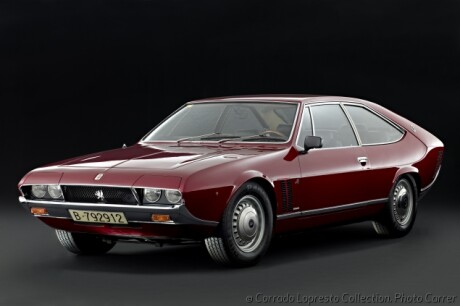
1969 Iso Rivolta Lele
- Coachbuilder: Bertone
- Chassis n°: 05210001
- Engine n°: 146070707HY
Built on a Giotto Bizzarrini chassis and Corvette powered, this modern coupé 2+2 by Marcello Gandini is the first Lele built and sold to a Spanish industrialist.
Corrado Lopresto (IT)
